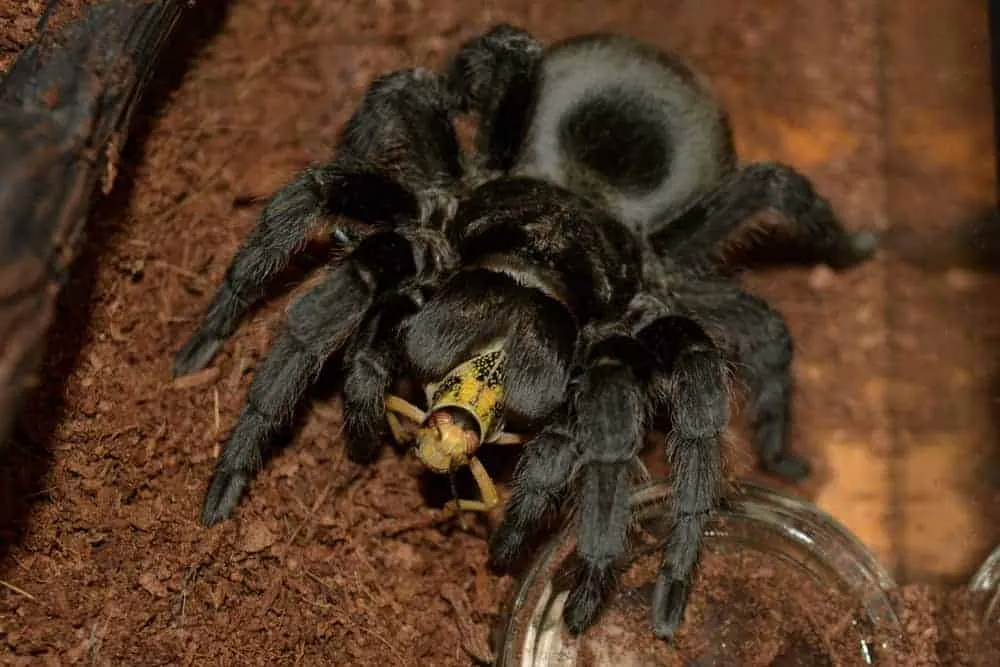Understanding Your Baby Brazilian Black Tarantula (BBT)
Bringing home a baby Brazilian Black Tarantula (BBT) is an exciting experience. These captivating arachnids are relatively easy to care for, making them a popular choice for both novice and experienced tarantula keepers. This comprehensive guide will provide you with all the necessary information to ensure your BBT baby thrives, covering everything from enclosure setup and feeding to health and handling. With proper care, your BBT baby can grow into a stunning and rewarding pet, offering a unique window into the world of exotic invertebrates. It’s a responsibility, but the rewards of observing their fascinating behaviors and life cycle are immeasurable.
BBT Overview
The Brazilian Black Tarantula, scientifically known as Grammostola pulchra, is native to the grasslands of Southern Brazil. Known for their striking black coloration and docile temperament, they are generally considered a good species for beginner tarantula enthusiasts. The BBT is a terrestrial species, meaning it spends most of its time on the ground. As babies, they are particularly vulnerable and require careful attention to their specific needs. Their relatively slow growth rate is part of their charm, allowing keepers to observe their development over time. Understanding these basics sets the foundation for providing optimal care.
BBT Habitat and Origin
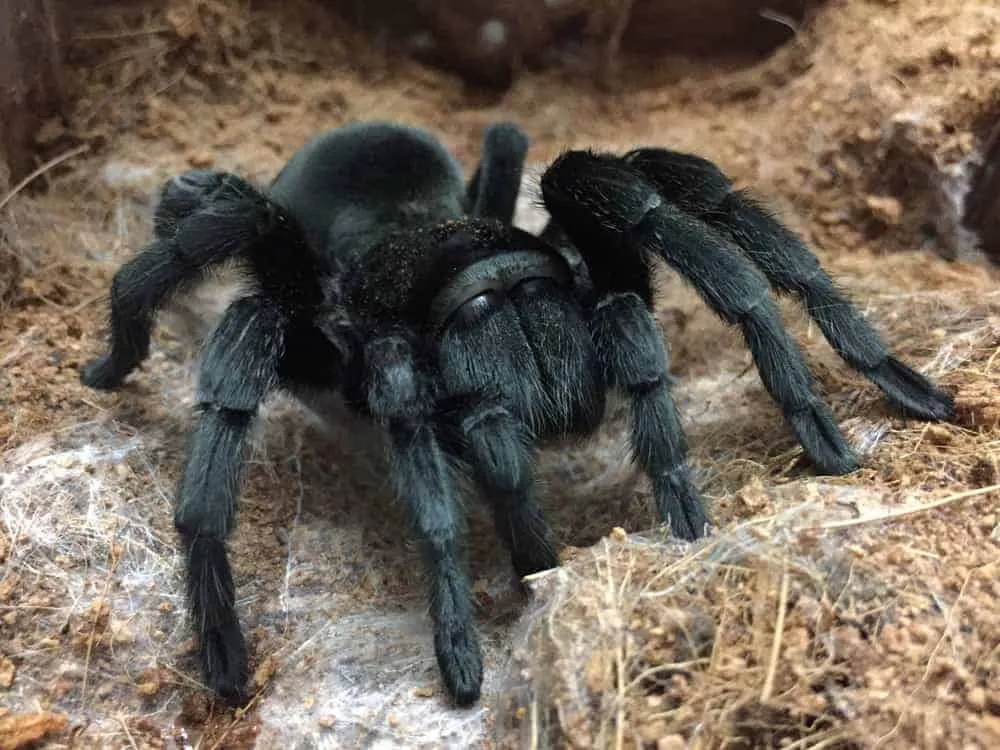
In their natural habitat, BBTs are found in the grasslands and open areas of southern Brazil. They typically burrow, creating their own shelters. These tarantulas are well adapted to a moderate climate, though they are relatively adaptable. They are typically found in areas with some humidity and access to food sources like insects and other small invertebrates. Replicating this environment in captivity is key to their well-being. They also have a role to play in maintaining the ecosystems they belong to, feeding on insects and contributing to the food web.
BBT Temperament and Characteristics
Baby Brazilian Black Tarantulas are generally known for their docile nature, making them a good choice for beginners. While all tarantulas have the potential to bite, BBTs are typically more likely to run and hide than to attack. They are not known to have potent venom, but a bite can still be painful. Their slow growth rate means that you’ll have plenty of time to observe them. BBTs are long-lived and can be a great addition to your home if given proper care. Their coloring is one of their defining features; BBTs are generally a deep, velvety black throughout their entire body.
Essential Enclosure Setup for a BBT Baby
Creating the right enclosure is crucial for the health and happiness of your baby BBT. The setup should mimic their natural habitat as closely as possible. A well-designed enclosure provides security, encourages natural behaviors, and allows you to monitor your tarantula’s health. Careful planning at this stage will make the experience of keeping your tarantula much more enjoyable. The enclosure should be appropriately sized, have a suitable substrate, and maintain the correct temperature and humidity levels.
Enclosure Size and Type
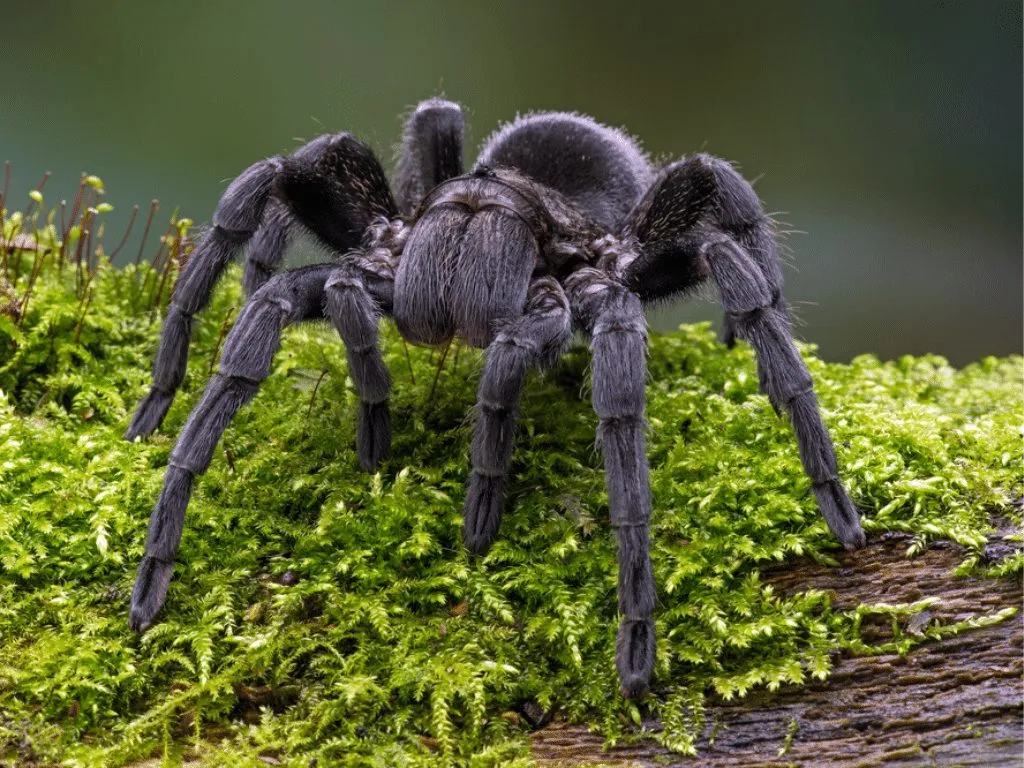
For a BBT baby, a small enclosure is recommended; a container of approximately 5 to 10 gallons is usually sufficient. Ensure the enclosure is escape-proof, as these arachnids are surprisingly good climbers. A clear plastic or glass terrarium is ideal for visibility. Ventilation is also important, but avoid large openings that could allow escape. Ensure there are secure latches on the enclosure, and periodically check the lid to ensure it’s tightly secured. The enclosure should be at least twice as wide as the tarantula’s leg span and allow for a sufficient depth of substrate for burrowing.
Substrate Selection
The substrate serves multiple purposes in a BBT’s enclosure, providing a surface to walk on, a place to burrow, and helping to maintain humidity. A mix of substrate materials is a good idea for BBT babies. Coconut fiber (coco coir) is a popular choice because it retains moisture well. Peat moss can also be used. Avoid substrates that are toxic to tarantulas, or contain any chemicals, as these can be harmful. A depth of 2–4 inches of substrate allows the tarantula to burrow and feel secure. Regularly spot-clean the substrate to remove any uneaten food or waste, and replace it entirely every few months.
Temperature and Humidity
BBTs thrive in a temperature range of 75–85°F (24–29°C). A heating pad placed on the side of the enclosure can help maintain a consistent temperature. Avoid placing the heat source directly under the enclosure, as this can cause the substrate to dry out too quickly. Monitoring the temperature with a thermometer is essential. Humidity should be kept at 60–70%, which can be achieved by lightly misting the enclosure every few days, but avoid over-misting, as this can lead to mold growth. A hygrometer will help you accurately measure the humidity levels.
Feeding Your Baby BBT
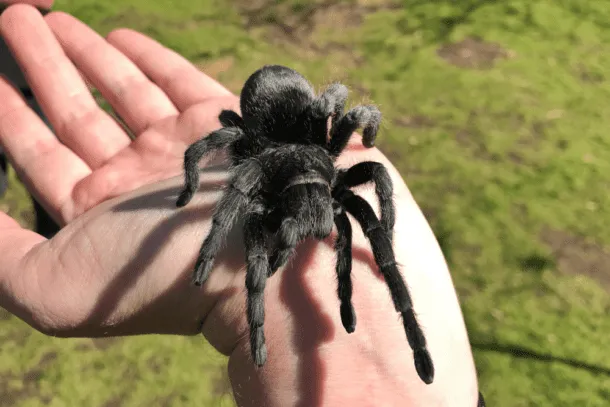
Proper nutrition is paramount for the growth and health of your BBT baby. Young tarantulas need a consistent food supply to facilitate their development. Understanding their dietary needs and how to provide them will ensure your tarantula’s well-being. BBTs are voracious eaters and readily accept a variety of food items. Providing the right food and the right amount is key to their health and happiness, while also allowing you to witness some of the tarantulas’ intriguing natural behaviors.
Appropriate Food Choices
The main diet for a baby BBT consists of appropriately sized insects. Crickets and mealworms are popular and easily accessible choices. It is best to feed them insects that are no bigger than the tarantula’s body size. You can also supplement their diet with roaches or other small invertebrates. It is very important to gut-load the insects for at least 24 hours before offering them to your tarantula. This means feeding the insects nutritious foods like vegetables and commercial insect food, which provides essential nutrients to your tarantula.
Feeding Frequency and Amounts
Baby BBTs should be fed frequently. A general guideline is to feed them every other day or every three days, depending on their size and appetite. The amount to feed depends on the size of the tarantula, but generally, one to two appropriately sized insects are sufficient per feeding. If the tarantula doesn’t eat the food within 24 hours, remove it to prevent any potential mold growth or stress. Keep a record of feedings to monitor eating habits, which can indicate potential health issues.
Watering and Hydration for Your BBT Baby
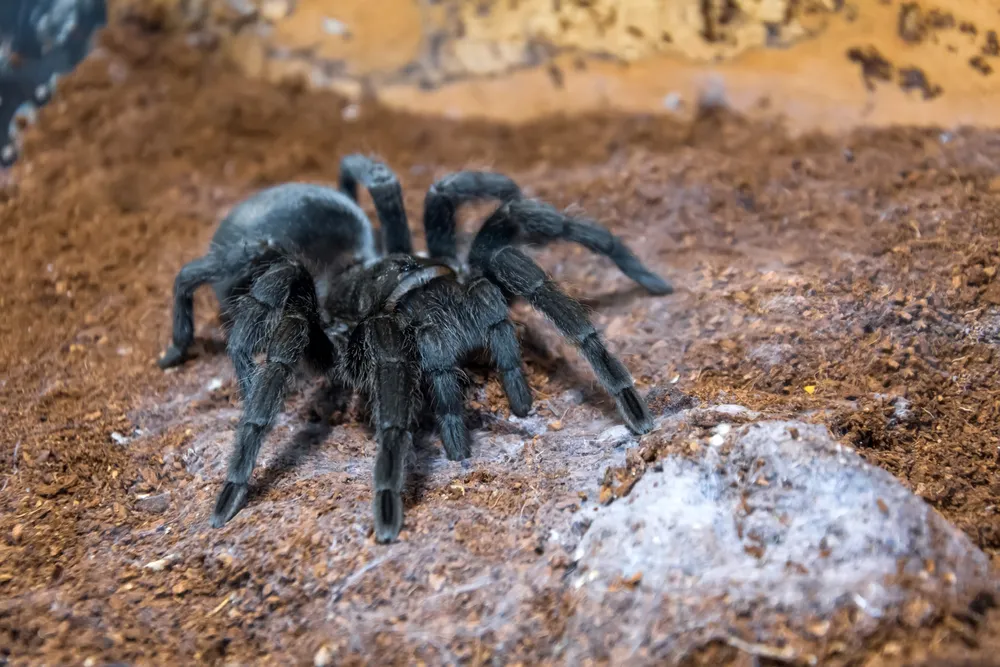
Water is essential for all living creatures, and baby BBTs are no exception. Proper hydration is important for their overall health, molting process, and survival. Ensuring a clean and accessible water source will help your tarantula thrive. Providing a good hydration method is an important aspect of your care routine. Providing a suitable water source can be as simple as a shallow dish, but will provide the spider with the water it needs for survival.
Water Source Options
The best way to provide water for a baby BBT is a shallow water dish. The dish should be small enough that the tarantula cannot fall in and drown. A bottle cap or a very shallow dish works well. Provide fresh, clean water at all times. Another option is to mist the enclosure lightly every few days, but be careful not to over-mist, as this can lead to an increase in humidity and potentially mold growth. A water gel can also be used as an alternative.
Maintaining Humidity Levels
Humidity is an essential factor for a healthy BBT, and it is important to monitor this carefully. Aim to maintain a humidity level between 60-70%. You can use a hygrometer to measure the humidity levels in the enclosure. The humidity can be increased by misting the enclosure with water, but be sure to avoid oversaturating the substrate. Ensure there is proper ventilation to avoid mold growth. Good air circulation is also key to avoiding mold and keeping the enclosure healthy.
Handling and Interaction with Your BBT Baby
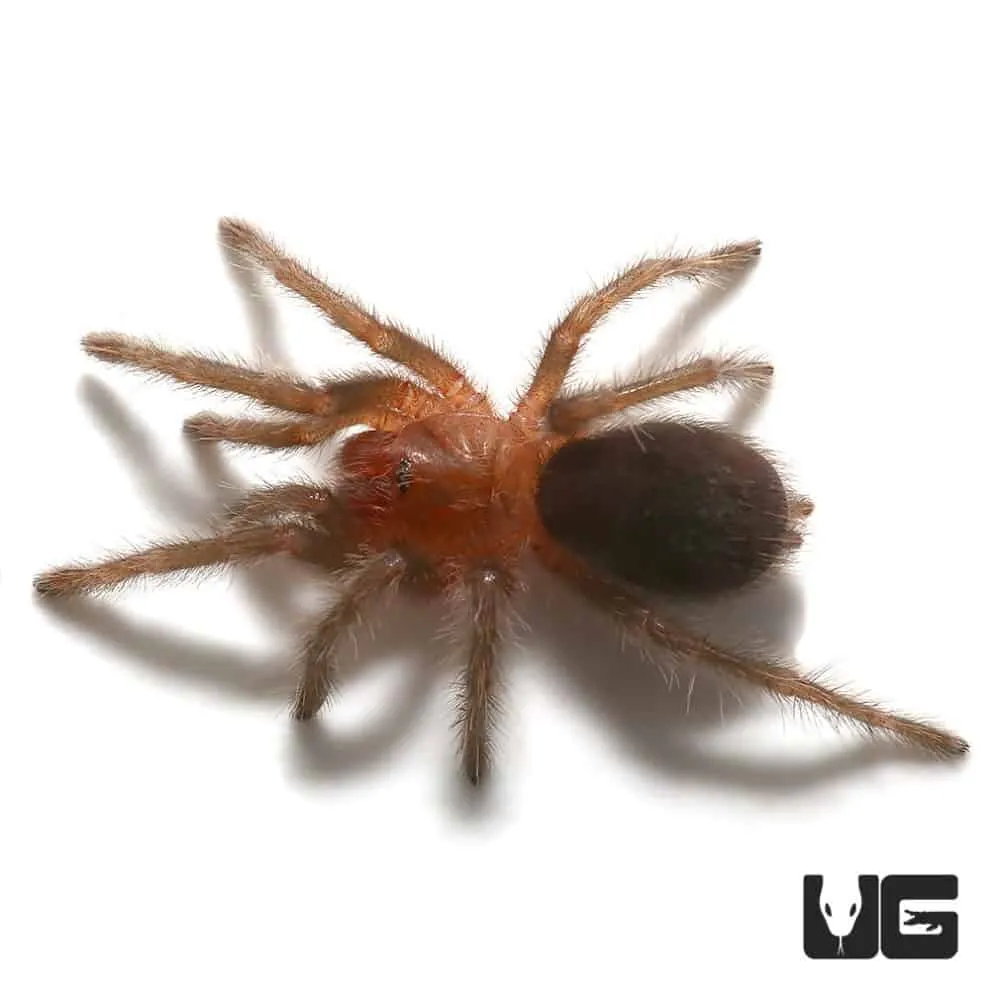
While BBTs are generally docile, it is important to handle them with care. Tarantulas are fragile, and a fall can be deadly. Proper handling techniques will minimize the risk of both harm to the tarantula and potential injury to you. However, handling is not usually recommended unless it is absolutely necessary. It is often better to let your tarantula be. Regular interaction can be stress inducing for a tarantula, and is not recommended unless the tarantula is comfortable with it. Always approach handling with caution and respect for the animal.
Safe Handling Techniques
If you need to handle your BBT, do so close to the ground, preferably while sitting on the floor. This will minimize the distance if the tarantula falls. Gently encourage the tarantula to walk onto your hand. Avoid sudden movements, as they can startle the tarantula. Always wash your hands before and after handling. Be aware of the tarantula’s movements and body language to anticipate any defensive behavior. Let the tarantula explore at its own pace. Never try to force the tarantula to do anything it does not want to do, and always monitor the animal closely during handling.
Recognizing Stress Signs
It is important to recognize signs of stress in your BBT baby. A stressed tarantula may flick hairs from its abdomen (a defensive behavior), adopt a defensive posture, or try to escape. Loss of appetite can also indicate stress. If the tarantula seems stressed, it’s best to leave it alone and allow it to retreat to its burrow. Provide a secure and comfortable environment to minimize stress. Providing plenty of hiding places will make your tarantula feel secure.
BBT Baby Growth and Molting
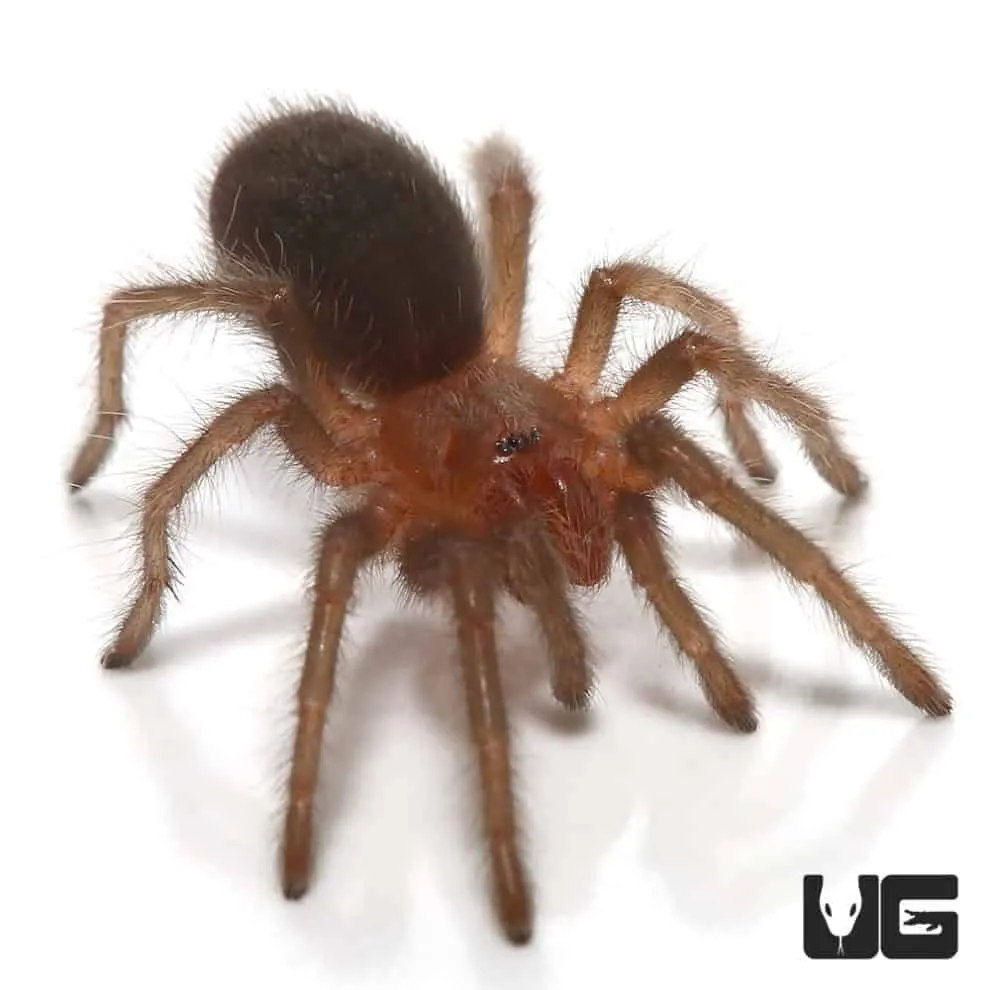
Molting is a natural process where tarantulas shed their exoskeletons to grow. Baby BBTs will molt more frequently than adults. Understanding the molting process and its associated requirements is essential for their health. The frequency of molting decreases as the tarantula ages, but it is a crucial part of their development throughout their lives. The molting cycle is a sign of a healthy, growing BBT.
Understanding the Molting Process
Before molting, your BBT baby will likely become less active and may refuse to eat. The tarantula will often lay on its back. The molting process can take several hours, and the tarantula is very vulnerable during this time. Do not disturb the tarantula during the molt. Ensure the enclosure is secure and has a consistent environment. After molting, the new exoskeleton will be soft. The tarantula will need a few days to allow the new exoskeleton to harden. During this time, do not feed the tarantula.
Growth Stages and Size Expectations
Baby BBTs go through various growth stages. They will molt several times within their first year. The size of your BBT baby will increase with each molt. BBTs are slow growers. The overall growth rate depends on several factors, including feeding frequency, temperature, and genetics. Keep track of the size and molting frequency. With proper care, baby BBTs can live for several years. Observe your tarantula’s size, and be patient.
Health and Common Issues of BBT Babies
Like any pet, BBTs can experience health issues. Regular observation and preventative care can help keep your baby BBT healthy. Familiarizing yourself with common problems and knowing how to address them is a crucial part of responsible pet ownership. Careful observation of your pet can prevent problems. If you notice anything out of the ordinary, consult a veterinarian who specializes in exotic pets. Early detection of potential health problems is essential.
Identifying Potential Health Problems
Look for signs of illness, such as lethargy, loss of appetite, and difficulty moving. Other signs can include unusual postures, discoloration, and the presence of parasites. A swollen abdomen can indicate a problem, as can a failure to molt properly. Regularly check your tarantula for any signs of distress. Investigate any unusual behavior promptly. Remember to maintain a clean and stress-free environment to minimize the risk of health problems.
Preventative Care and Veterinary Advice
Prevention is the best approach to health. Keep the enclosure clean and maintain proper temperature and humidity levels. Feed your BBT a balanced diet of appropriately sized insects. A veterinarian specializing in exotic animals can provide preventative care advice and help address any health concerns. If you are concerned about the health of your BBT, consult a qualified veterinarian immediately. Be prepared to provide information about your tarantula’s habitat and care. A healthy tarantula is a happy tarantula.
Conclusion
Caring for a baby Brazilian Black Tarantula can be a rewarding experience. With proper knowledge, careful attention, and the right setup, you can help your BBT baby thrive. This guide has provided you with the essential information you need to create a suitable habitat, provide proper nutrition, and recognize potential health issues. By following these guidelines, you can enjoy the unique pleasure of observing these fascinating creatures grow and flourish. Enjoy the journey of raising your baby Brazilian Black Tarantula and appreciate the beauty and wonder of this unique pet.
